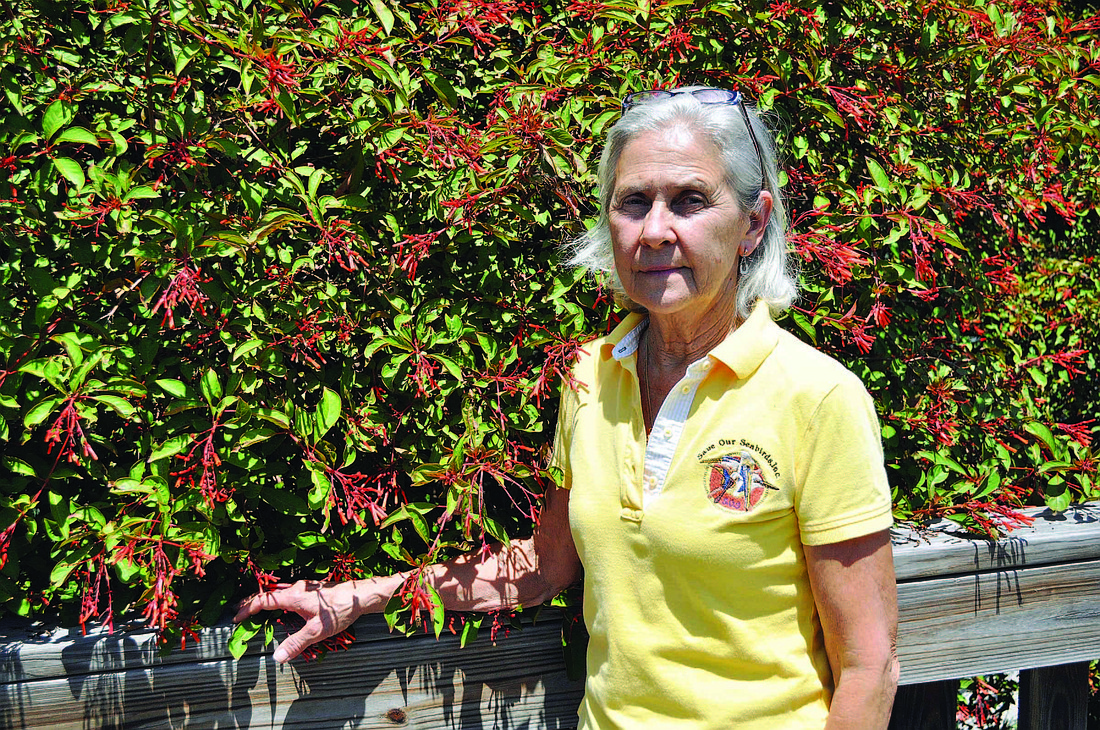- January 15, 2025
-
-
Loading

Loading

Even when she isn’t at Save Our Seabirds Inc., Executive Director Lee Fox is still saving seabirds (and other birds). She gets a constant stream of injured birds at her home in Wimauma.
“It’s gotten to the point where my two days off are spent taking care of birds in Wimauma,” Fox said.
In the morning, she often brings six or seven birds from Wimauma to the City Island facility.
Fox began doing volunteer bird-rescue work in 1987 and founded Save Our Seabirds in 1990. She operated a facility in St. Petersburg and, later, out of her home in Wimauma, before re-opening the facility in 2008 in the former Pelican Man’s Bird Sanctuary.
At last count, Save Our Seabirds had at least 365 birds — most of which will be released after treatment but some of which have a permanent home at Save Our Seabirds because of their injuries.
“Every day, you come across a bird that you either took care of or is injured,” Fox said.
Bottom line
Save Our Seabirds
Location: 1708 Ken Thompson Parkway, City Island
Start date: Nov. 1, 2008, was the first date the facility was open to the public as Save Our Seabirds.
Number of employees when started: Two
Number of employees today: 13
First job: Save Our Seabirds Executive Director Lee Fox’s first job was being a wife and mother.
Something you wish you knew when you started: “As you grow, you never stop trying to learn,” Fox said. “I wish I knew then what I know now.”
Typical day: Fox is up by 3 a.m. to take care of the birds at her home and her dogs. At Save Our Seabirds, her day consists of checking on birds, discussing and evaluating protocols, maintaining therapy, constant triage and admitting as many as 15 birds in a single day.
Favorite way to spend a day off: Fox’s days off usually involve sick or injured birds, but she also enjoys time with her husband, Paul, four children and eight grandchildren.
Business idol: “My husband,” Fox said. “He’s not my business idol, he’s my idol, because he is so patient with me and he supports me 100%.”
Biggest challenge: Keeping up with new technologies and treatments. “For me, it’s a big challenge because it means constant reading, and I have little time.”
Where do you see your organization in five years? Save Our Seabirds is working on a five-year plan that includes a new hospital and educational facility.